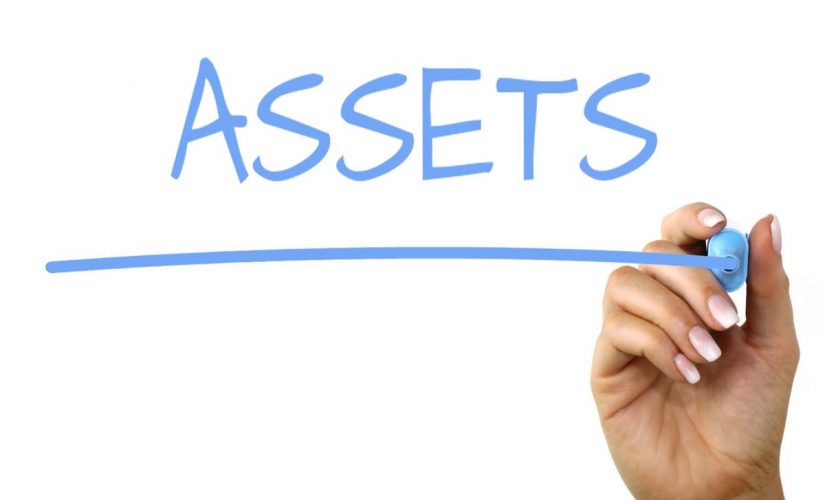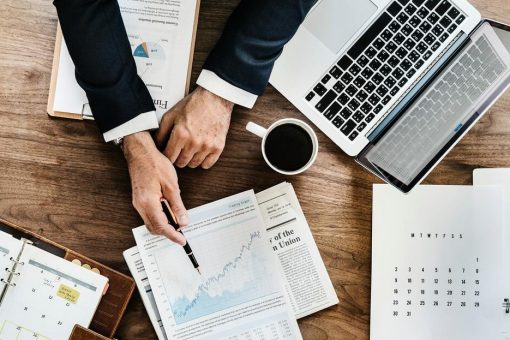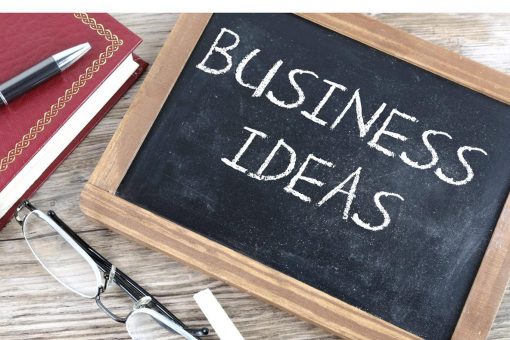As a business owner, there are several terms that should be in your vocabulary. Assets and liabilities rank near the top, and will often appear together. To improve the financial health of your company, both of these terms need a full understanding. Before you dive head first into the intricacies of a balance sheet, learn more about the importance of assets and liabilities.
Assets
A company’s owned tangible and intangible resources can be defined as assets. When used correctly, assets are beneficial to the financial health of a business. This is more for the long-term, but short-term it is still an important resource. The name of the game is equity, and your assets determine the value. A company without assets loses a major source of bargaining power on multiple fronts. When you have no assets, your company can’t honor commitments – at least not without a huge risk. When huge risk becomes a concern on a deal, then you enter into the territory of liability.
Liabilities
When your business has liabilities, it has an upcoming obligation or debt that needs to be paid. This can be in the form of money, goods or services that need to be rendered. Liabilities do not diminish over time, and they directly affect the value of your company’s assets. It is a simple plus/minus formula that can easily get complicated when you realize that assets depreciate. It’s an expected wrinkle in a simple formula that can lead to troubling outcomes for a growing company. When you’re low on assets and high on liabilities, your company has little wiggle room for mistakes.
Know Your Position
Your liabilities that are due are usually grouped by the current accounting year. This gives you an overview of your current and expected finances before the end of the year. Common liabilities can be grouped as taxes, outstanding expenses, overdrafts, loans and wages. Payments to your suppliers is an especially important liability for young companies that want to nurture business relationships.
Long-term liabilities are still a concern, but are considered non-current liabilities. The planning involved in dealing with long-term liabilities gives you a lot more breathing room when operating at a loss. This type of liability often involves multiyear loans, debts or borrowing. Deferred taxes and revenue also fall into this category, but varies based on the industry you’re in.
Assets and Their Place in A Business
Assets are the backbone of a business. They improve both the revenue and the overall value of your company. Having a healthy asset to liability ratio will help any running business operate to its fullest capabilities. As an added bonus, assets can be sold or transferred to help out a business in other areas. Long-term asset gains are hard to achieve, but leads to massive saving opportunities for your company.
Wrap Up
There are no shortcuts when it comes to making the most out of your assets and liabilities. You’re in full control of how your company transforms over the years. Make smart choices, and learn the value of important business terms.




